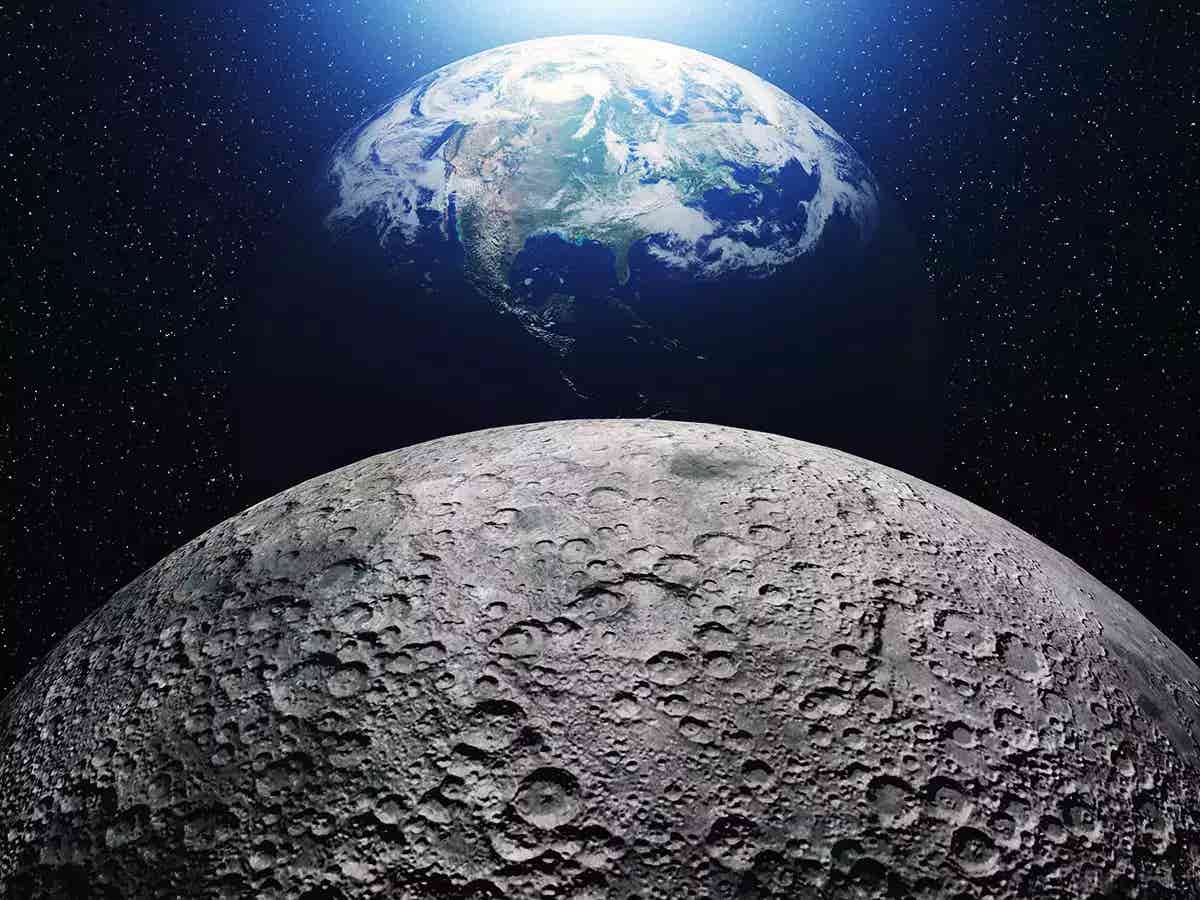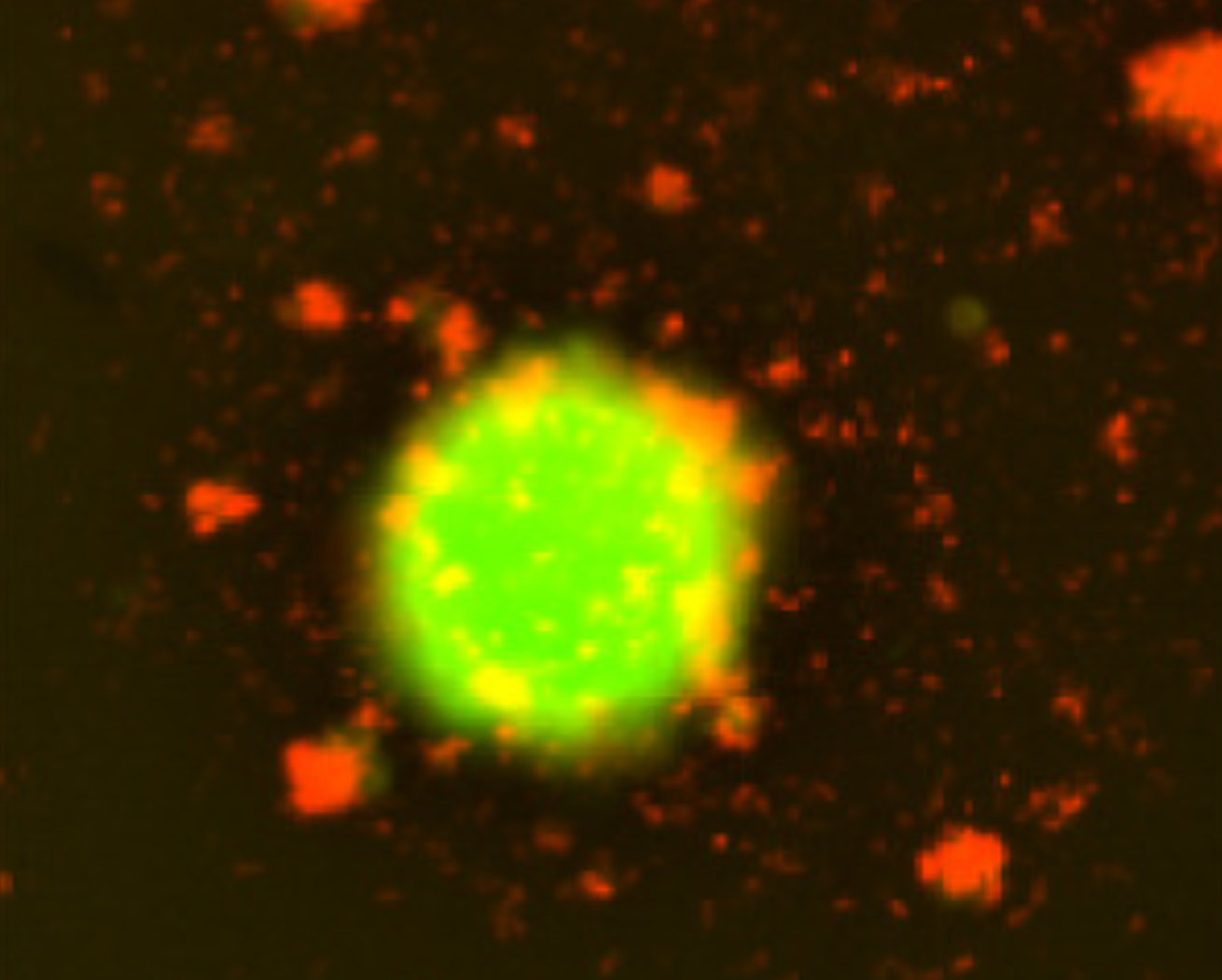Earth’s invisible hand may be creating water on the moon
The Earth, in its majestic orbit around the sun, may have played a more vital role than previously believed in creating water on the moon.

[Sept. 20, 2023: Staff Writer, The Brighter Side of News]
The Earth, in its majestic orbit around the sun, may have played a more vital role than previously believed in creating water on the moon. (CREDIT: Getty Images)
The Earth, in its majestic orbit around the sun, may have played a more vital role than previously believed in creating water on the moon. New findings are presenting groundbreaking perspectives on this enigmatic issue.
For ages, mankind has looked at the moon with awe and wonder. But beneath its quiet luminance hides a mystery that scientists have been trying to unravel for decades: How did water find its way to our satellite? It's a question worth billions, both in scientific currency and the potential future of space exploration.
Space exploration is not merely about rockets and astronauts. It's about building bridges between celestial bodies, setting up rest stops for interstellar travel, and making the unimaginable journey possible. As space agencies and pioneering private firms sketch grand plans for human journeys deeper into our solar system, the significance of such watery pit stops magnifies.
Quoting The Planetary Society, "Having water-rich pit stops along the way is crucially important to these missions so future astronauts can fill up on air, water, and propellants along the way."
Related Stories
This thirst for knowledge and resource mapping draws global attention back to our moon. Although the moon's dryness rivals that of the Sahara desert—being about 100 times drier according to NASA—recent studies have reaffirmed the presence of water scattered across its barren landscape. Most conspicuously, this water is in the form of ice, often located in the cold, shadowed terrains of the moon's poles.
Historical theories have posited that the moon's water might have arrived via celestial guests like comets and asteroids, colliding with the moon over aeons. Others speculate that this water could be remnants, stripped from the Earth when the moon was birthed from our planet.
Yet, the sun's fiery glare is believed to have caused most of the ancient water to evaporate into the void of space. What remains today finds refuge in those polar craters, shrouded perpetually in darkness.
Artist’s rendering shows a solar storm hitting Mars and stripping ions from the planet's upper atmosphere. (CREDIT: NASA/GSFC)
Concurrently, other compelling research indicates the possibility of water creation on the moon itself. The prevalent explanation connects water formation with protons stemming from the sun. As The Planetary Society explains, the onslaught of solar winds upon the moon causes these protons to merge with lunar soil's oxygen, producing water.
However, a recent revelation might add another layer to this intricate narrative.
Earth's Invisible Electron Tail: A Game Changer?
A riveting observation from a study in the esteemed Nature Astronomy journal indicates that the moon might be capable of producing water even when protected from solar winds by Earth.
A diagram shows solar radiation stretching earth's magnetic fields into long lines on the night side of the Earth, creating a sheet of electron plasma called the magnetotail. A circle highlights the magnetotail in the diagram. (CREDIT: NASA/Goddard/Aaron Kaase)
Shielding us from the harshest of solar weather, Earth's potent magnetic field deflects a majority of solar particles heading our way. During the re-examination of data from India's Chandrayaan-1 mission (2008-2009), a startling discovery was made. Water seemed to be forming on the moon as it transited through Earth's "magnetotail," a plasma sheet trapped amidst magnetic fields stretched out by solar winds brushing past our planet.
An astonishing revelation from the study was that solar winds within the magnetotail diminish by almost 99%. This prompts a provocative question: If water can form when solar winds are practically absent, are these winds truly essential for lunar water creation?
A diagram shows areas where lunar water has been detected. The diagram shows clearly that there is more water near the poles of the moon. (CREDIT: Li, et al., 2023)
Elaborating on this, Li, one of the leading scientists of the study, mentions, "It's possible the high energy electrons in the magnetotail could have 'similar effects as the solar wind protons' when it comes to creating water."
Such an assertion, if corroborated, might revolutionize our understanding of water on the lunar surface. For if you don't need the sun to generate water on the moon, then the source of the water in those enigmatic shadowy craters might not necessarily be extraterrestrial comets. Instead, the water might originate from the moon itself.
Configurations of Earth’s magnetotail and a profile of the solar wind ion flux measured by the ARTEMIS mission. (CREDIT: Nature Astronomy)
Li optimistically asserts, "This provides a natural laboratory for studying the formation processes of lunar surface water."
As these theories and findings interweave to paint a holistic picture of the moon's water story, the scientific community waits with bated breath. Collaborations are on the horizon, with Li and team seeking to partner with NASA to further monitor lunar surface's plasma and water content, and ascertain if their groundbreaking theory holds water—both metaphorically and literally.
The implications of these findings are vast, especially when considering future space missions. Understanding our closest neighbor's watery secrets might just be the key to unlocking the deeper mysteries of our universe and furthering mankind's reach into the great cosmic beyond.
Note: Materials provided above by The Brighter Side of News. Content may be edited for style and length.
Like these kind of feel good stories? Get the Brighter Side of News' newsletter.
Joseph Shavit
Head Science News Writer | Communicating Innovation & Discovery
Based in Los Angeles, Joseph Shavit is an accomplished science journalist, head science news writer and co-founder at The Brighter Side of News, where he translates cutting-edge discoveries into compelling stories for a broad audience. With a strong background spanning science, business, product management, media leadership, and entrepreneurship, Joseph brings a unique perspective to science communication. His expertise allows him to uncover the intersection of technological advancements and market potential, shedding light on how groundbreaking research evolves into transformative products and industries.



